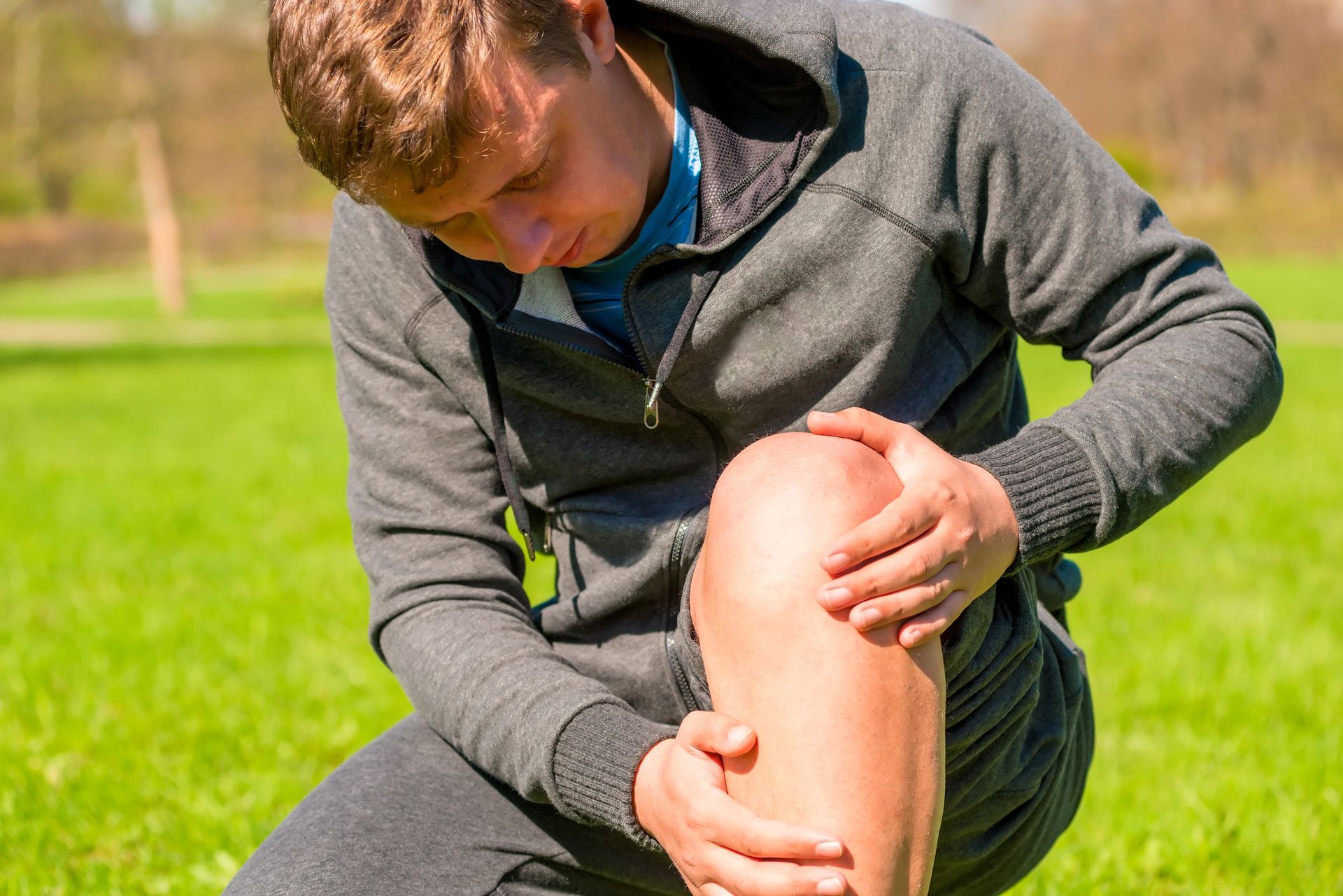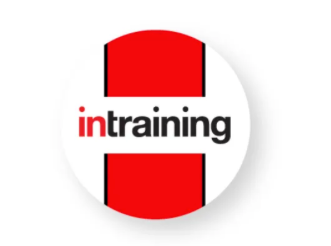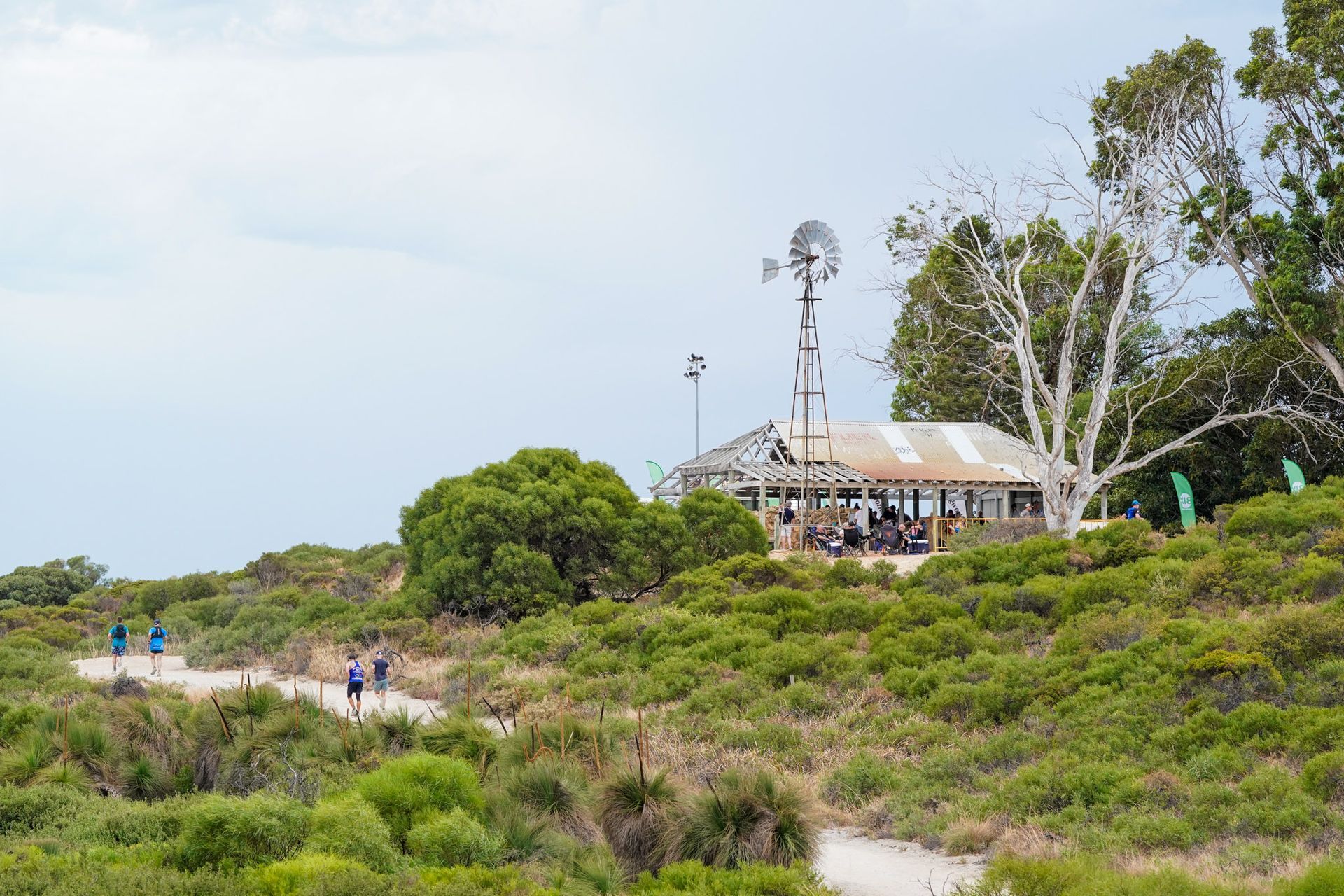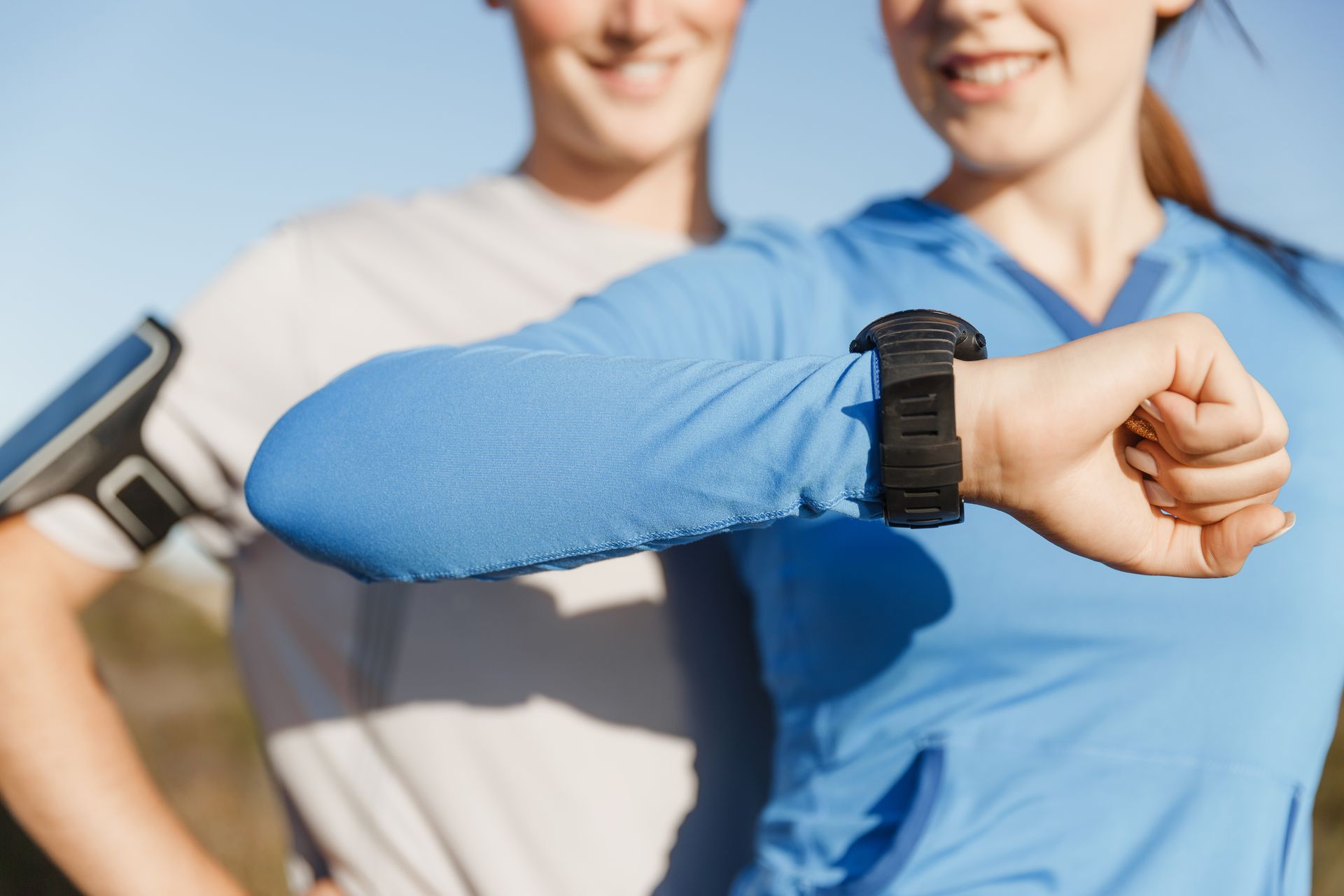
COACH’S CORNER - REDUCING FALLS RISK ON THE TRAILS BY STEVE MANNING
head coach for the intraining running centre, and podiatrist at ihealth centre, steve manning, writes on how to avoid falls.

Trail Running has significant demands on your balance and stability. Running on trails reduces overuse injury risk thanks to the variable stress. But this is countered by the increased risk of trauma from falls.
The strategies for reducing trail running falls risk is very different to what is required to reduce injuries when running on the roads. Prevention requires special training as well as appropriate equipment and surface specific footwear. Acute or Traumatic injury protocols are also very different to rehabilitation from Chronic overuse injuries
THE CAUSES OF FALLS
Injuries on trails occur from tripping, ruptures/strains and sprains. There are a number of variables that contribute to the risk of falling: the surface, your footwear, individual biomechanics, the base of gait, prevention training and inadequate rehab from a previous fall event.
SURFACE CHARACTERISTICS
When trail running the runner may need to adjust for different surfaces on the same run. Trails can vary from soft pine needle paths to a rocky riverbed. There is no shoe that will be optimum on all surfaces so runners need to run to the conditions.
Traction is important to reduce slipping. The interaction of the shoe outsole and the surface is a key factor in traction. It is a combination of the outsole lug depth and the properties of the terrain. Loose and muddy surfaces need greater depth while firm, rocky surfaces may have better traction with shorter lugs.
Steep up and downhill grades have an increased risk of falls and strains as muscles can be stressed to their maximum tolerance. Impact forces can be up to 10 times body weight running down a steep hill. When that is combined with a technical uneven or loose surface the risk increases exponentially.
FOOTWEAR
One of the most important injury reduction strategies is using a trail shoe. Many runners start trail running in their road shoes which can work on easy trails. However, trail shoes differ to a road shoes in a few significant ways.
The previously discussed outsole configuration is the most obvious and most important difference. However, trail shoes have a few other features that reduce the risk of spraining an ankle.
More than half of all road shoes resist pronation by having a firmer section on the inside part of the shoe. However no trail shoes have this feature as it will increase lateral instability and inversion sprain risk. This is exacerbated by having excess stack height which is popular in most modern road shoes. The closer your foot is to the ground the moire stable it will be so trail shoes in general have thinner midsoles. Trail shoe midsoles are also firmer because soft shoes will compress and offer less stability on uneven ground or camber.
Many trail shoes have extra protection from rock plates that stop sharp objects piercing the shoe through to your foot. These may also offer greater torsional stability down the long axis of the shoe.
Trail shoes can be categorised into shoes that increase the feel for the ground and shoes that try to offer more cushioning. Your choice of the ideal trail shoe should vary depending on the technical nature of the trail and your personal biomechanics.
BIOMECHANICS
There is no such thing as a "normal" foot structure. Running form factors such as footstrike, stride length, cadence, forward lean and arm carriage are the result of your individual characteristics. Function follows structure and there is no one ideal way of running for every runner.
Perhaps the most significant variable between runners is where they fall on the Rigid to Flexible spectrum. Improving flexibility with stretching will not significantly reduce injury risk for most runners. Improving strength will reduce injury risk and as strength increases flexibility will decrease. A reduced range of motion at joint may reduce the risk of sprains but the trauma may be greater if you have a sprain.
Ankle sprains most commonly occur when your foot is pointed down as the bones in your ankle joint are looser due to the shape of the talus bone narrowing towards the back. Ligaments thickness, length and resistance to stretching also contribute greatly to reducing sprains. Muscle strength in the deeper calf muscles that control foot position are perhaps the most important factor in sprains risk. The control of these muscles can be compromised from previous sprains and inadequate rehabilitation.
Regular running will give you strength and endurance gains that will reduce injury risk. You may want to start with easier trails before moving on to more technical, rocky tracks. Muscle, ligament and bone strength can also be developed over time with more specific exercises to strengthen your body outside of the small range of motion you encounter when running on roads.
BASE OF GAIT
Falls risk can be reduced by increasing the width of your gait. It is easier to be pushed over when standing if your feet are close together. A wider stance increases your stability. The same thing can be true when running.
You can improve your stability by running with your feet wider apart. The same improved balance can be achieved by out toeing. This will also reduce sprain risk as forward momentum causes the foot to roll inwards rather than outwards. Balance can be improved on more technical terrain by having a wider arm carriage. Running poles are the ultimate way of improving balance by offering a base of gait beyond the capacity of your body. They can be very useful when running down steep rough trails as well as steep uphills.
PREVENTING FALLS ON THE TRAIL
Prevention is always better than treatment when it comes to running injuries.
Prevention strategies for trail runners can fall into 3 main areas of footwear, equipment and training. Choosing appropriate footwear for your biomechanics and the planned trail will make a huge difference. Equipment can be more than just running poles. Custom Orthotics, braces and strapping can stabilise an at risk ankle. You should be careful of always relying on external supports as they may reduce your ankle perception and strength.
The best way to prevent falls on the trails is regular specific balance exercises. If you learn these exercises then it will also help if you have a sprain or a fall to return to running quicker. Proprioception training aims to develop the skill of recruiting the stability muscles quicker and more effectively. When you start to turn an ankle the receptors in your ligaments and tendons register tension and send a signal to the base of your spine to contract the peroneal muscles to prevent the sprain. This is an automatic response but it can be trained. It starts with some easy balance exercises but must progress to dynamic practice over uneven ground.
Another important component of balance is vision. You should make sure your eyesight is optimum with glasses or contacts if needed. Be careful of using sun glasses when trail running as they may reduce the contrast with changing shadow under the trees. With time you can learn to look further out in front of you to see tripping hazards earlier. It is also important when running with other runners to have adequate space between you so you can see the trail at least 2 metres in front.
TREATMENT FOR A FALL
Falls are inevitable if you are a trail runner despite the best preparation and prevention. Treatment can vary depending on the severity of the injury and the structure which was hurt.
When you fall the first thing to do is a quick assessment of any damage. The sprained ankle may be the focus of your attention but you also need to do a comprehensive check of any other areas of trauma. It may be just a scraped knee or skinned hand. However, at times the worst injury sometimes is the one you do not notice at first. After a sprain you may have twisted the other knee or landed on a rock. You should do your review and calm down before starting running again.
If you are unable to run then you may want to do the check of the Ottawa Ankle Rules. It is a procedure to identify the possibility of a fracture and whether you need to get an x-ray. It can be critical that you do not continue running with a significant injury because a second sprain is very likely and will always cause worse trauma.
Acute injury treatment is PRICER: Protection of the injured area, Rest, Ice, Compression, Elevation and Referral. You should avoid SHaM treatments in the acute phase: Stretching, Heat and Massage.
Rehabilitation should start within 3 to 7 days. Full recovery and a safe return to sport is largely dependent on the extent of the injury. However, commitment to rehabilitation and patience in the return will make future running safer.









